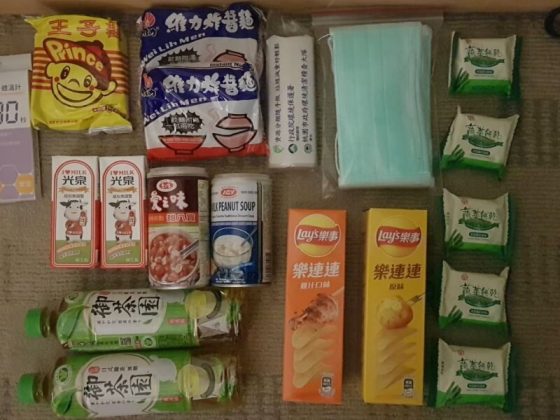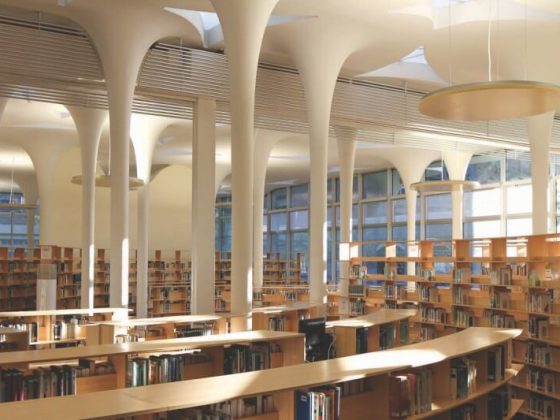An hour’s train ride east from Taipei, Nuannuan (暖暖) is a popular day-trip for its rich cultural, historical, and natural treasures. Laid out along the Keelung River, the town prospered during the 19th and 20th centuries as a farming and mining community. Some interesting examples of its Qing and Japanese colonial heritage are reason enough to visit. But further out toward low-rising Mt. Wufen (五分山; elevation 757m), you’ll also find numerous accessible outdoor adventures. Here are a few highlights.
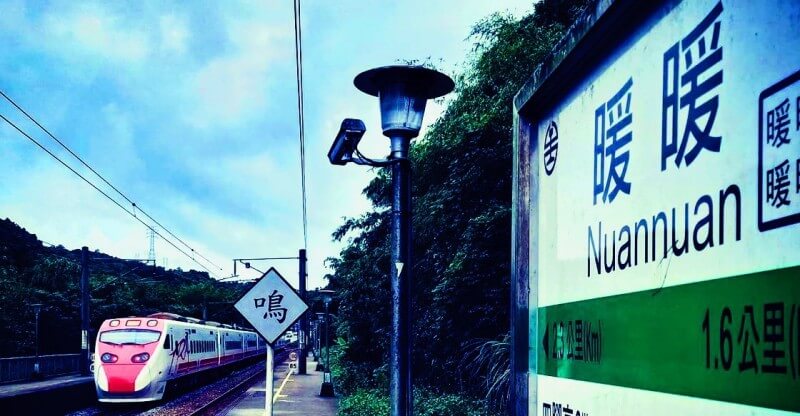
Check Out the Nuannuan Potholes (暖暖壺穴)
The bed of the Keelung River in central Nuannuan is a bit of a geological oddity. Eroded by successive typhoon surges, the rock here has been worn away into 2,074 of these landforms. The largest cluster is by Nuanjiang Bridge, where hundreds of holes gape open from the exposed rock. Head to the observation platform in the middle of the bridge for the best vantage over this weird landscape.
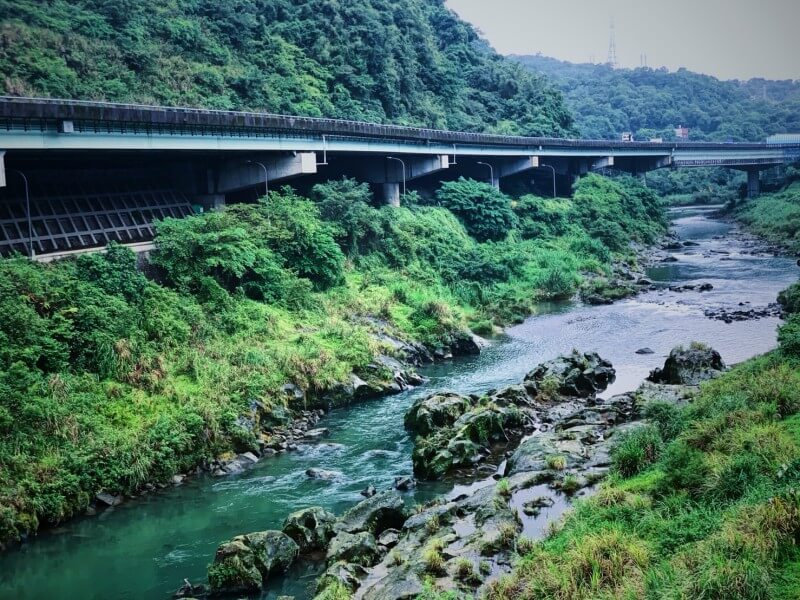
Snap a Few Photos of the Colonial Architecture
The Nuannuan Century-old Pump (暖暖百年幫浦間) sits on Shuiyuan Street, on the south side of the town. An important part of Nuannuan’s heritage, the structure overlooks a deep glass-like pool and mossy small waterfall that are fringed by overhanging trees.
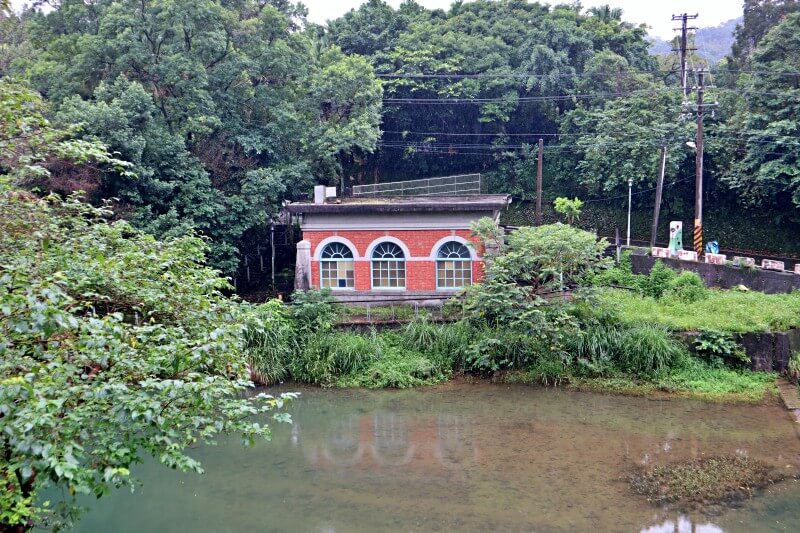
Built of red brick and featuring high arched windows, the Victorian-style pumphouse was built in 1897 by British engineer William K. Burton, shortly after Taiwan became a Japanese colony. The Japanese wanted to build a tap-water supply system to fight the local prevalence of cholera, typhoid, and other infectious diseases. The first systems were developed in Taipei and the Keelung area, with the Nuannuan valley chosen for the latter.
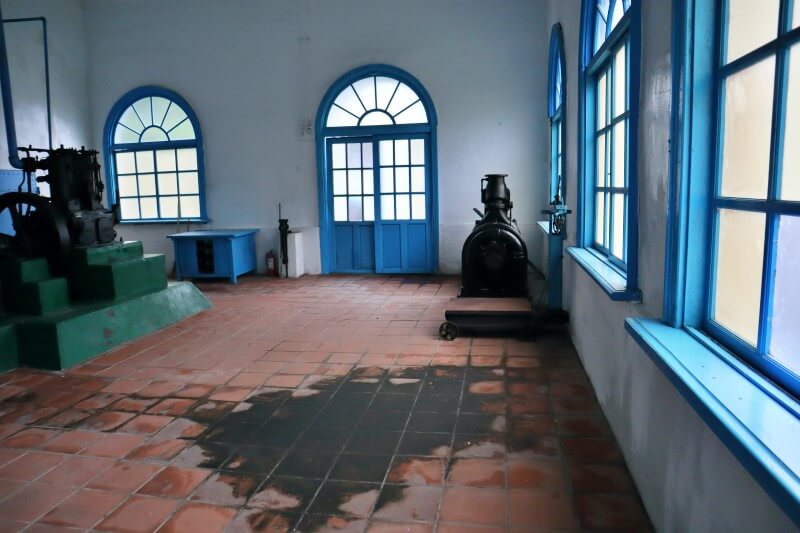
Pay Your Respects at Taiwan’s Only Twin Temple
Just a hundred meters or so upstream, the valley suddenly fans out, looking up to the peak of Mt. Wufen. A smaller tributary joins the river at this point, which is also the location of Nuannuan Twin Earth God Temple (暖暖雙生土地公廟). Taiwan’s only twin temple, the site consists of two side-by-side Earth God shrines that look upstream. They were built in the 19th century by separate villages to watch over the current, and were incorporated into a single structure in the early 2000s.
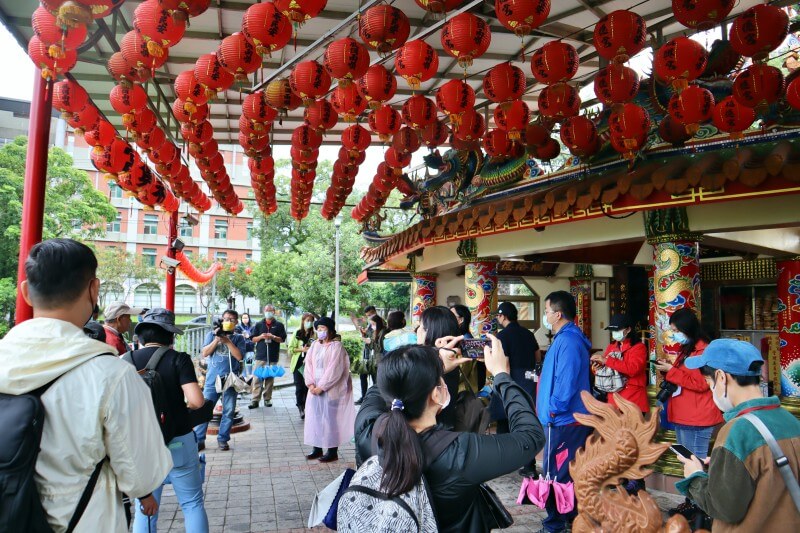
Shuiyuan Road takes you about a kilometer up from the pumping station, past the temple, and up along the tributary to Xishi Reservoir, another legacy of the Japanese colonial period. The walk up is an easy 15 minutes, and made doubly rewarding by the birdlife and butterflies you can see along the way.
Stain Your Fingers at a Traditional Hand Dying Workshop
Spread out across a steep forested slope above the river is Indigo Happy Farm (大菁休閒農場). As the name might suggest, Indigo offers workshops where you can learn all about the traditional blue dye that was produced here during Qing Dynasty rule (1683-1895). The full method is explained, right from the traditional process of fermenting Mayflower gloryberry in large dugout vats. You can also try your hand at dyeing cloth in the historic blue, as well as other traditional farming techniques like hand-digging for mountain yams and making yam cakes. Indigo Happy Farm also offers Chinese-language guided group tours to the other attractions in this article.
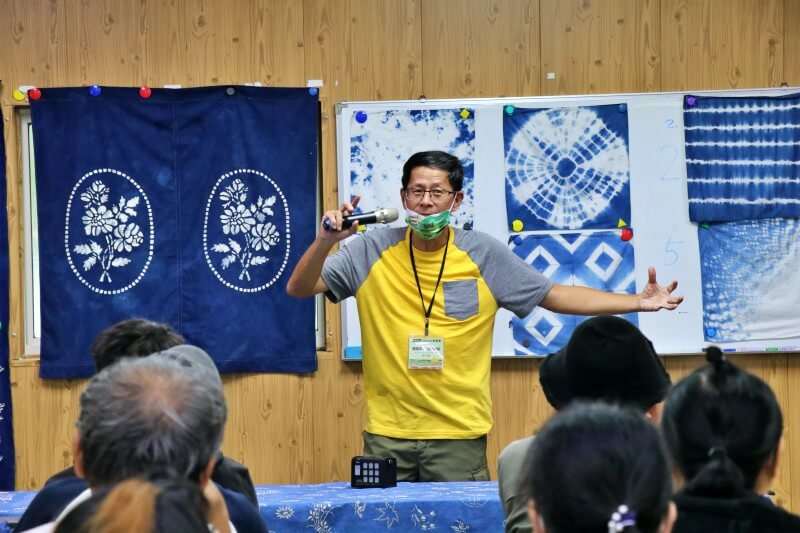
Explore a Qing-Dynasty Hiking Trail
Once vital to local trade, the Tamsui-Kavalan Trails (淡蘭古道) were developed from existing indigenous footpaths in the early 1800s to connect the Taipei Basin and Yilan Plain. Part of the network passed through the Nuannuan Valley and was mainly used by local farmers. It was restored during the past decade as part of a national “greenway” project and reopened as Nuandong Historic Trail (暖東舊道).

The most traveled section starts at Indigo Happy Farm and takes you roughly 90 minutes down-valley through lush Nuandong Gorge (暖東峽谷), with its abundant fern life, pretty footbridges, and enticing swimming spots.
Along the trail, keep your eyes open for miniature Earth God shrines and shallow caves filled with urns. The trail was a dangerous place to be during the Qing period, and it’s said that the bones of those who died there were placed in these tiny ceramics.

Serious hikers can continue over Mt. Wufen toward the town of Shifen (about 4 hours one way), worth visiting for its sky lanterns and impressive waterfall. Along the way, the Laoliaokeng Mining Ecological Park (荖寮坑煤礦園區) is an interesting detour that takes you up to the ruins of Taiwan’s first coal mine.
Words by Rick Charette
Edited by Seb Morgan
If You are Visiting Keelung…
- 7 Street Snacks to Try in Keelung
- Heping Island: the Offshore Island Linked with Taiwan’s Northeast Coast
- A Quick Guide to Keelung’s Mid-summer Ghost Festival
If You are Visiting Keelung…
Subscribe to get access
Read more of this content when you subscribe today.


